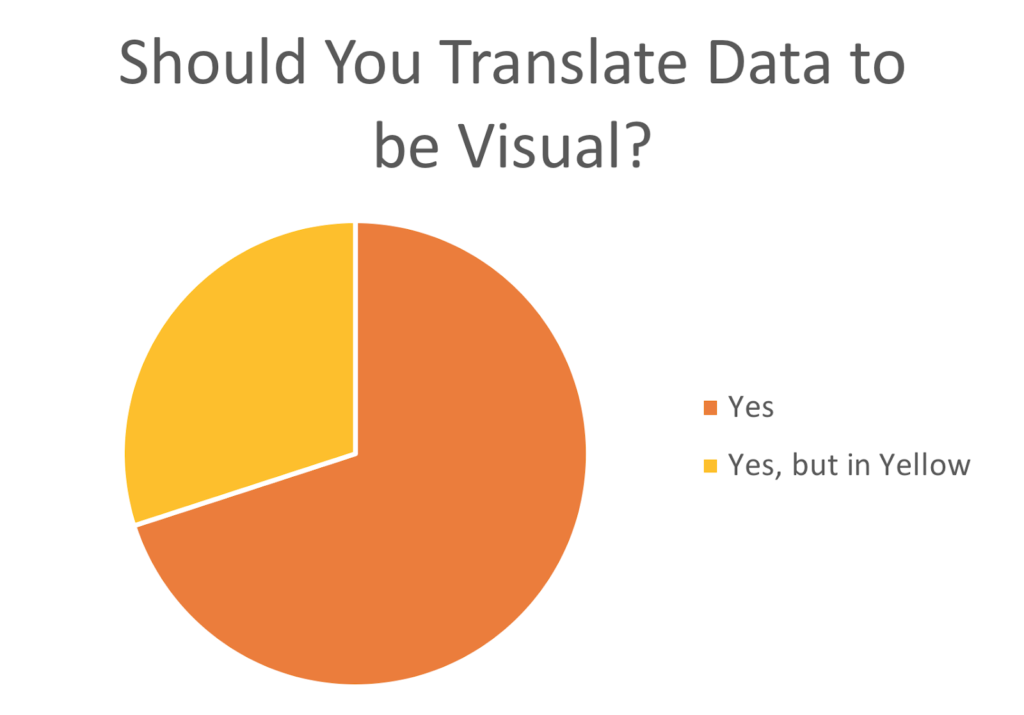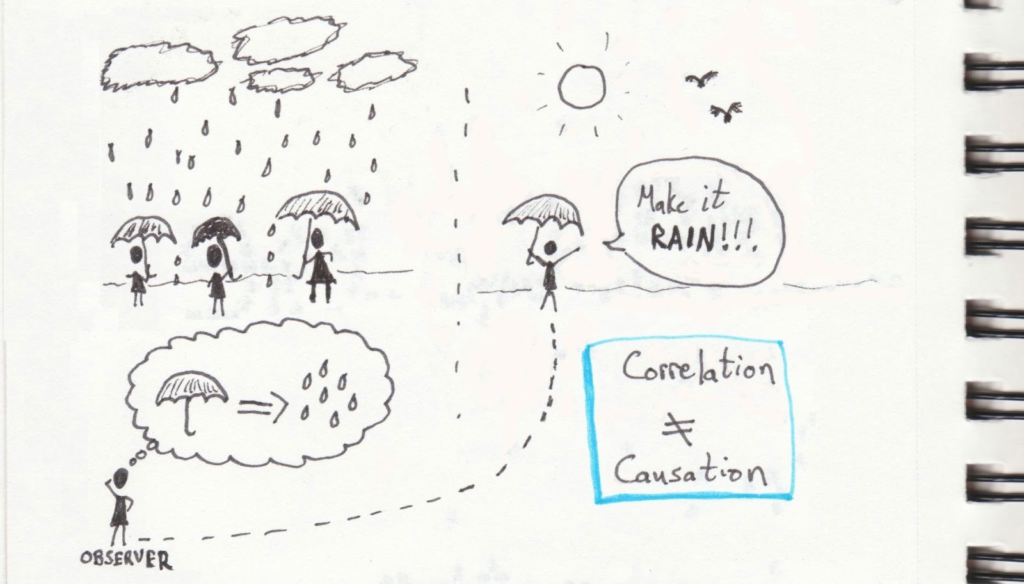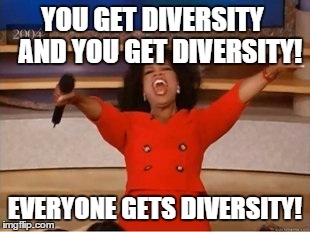Almost every aspect of the society in which we live involves some elements of business, including undertakings as simple as trading a candy for a chocolate you would much prefer.
In saying that, developing a thorough understanding in the subject of Business will not only allow you to open your eyes to the structurally different ways in which society functions, it uncovers the rationales as to why the society behaves the way it does.
Doesn’t that sound pretty exciting?
However, speaking from personal experiences, Business is often perceived as a “boring” subject in which “you don’t need to try hard to get a good grade”.
Well, hold that thought, as this article will impart onto you the approaches to effectively achieve an A in business, while drifting away from a stereotypical notion like the one above.
While it may not appear to be an extremely challenging subject, getting a good grasp of all of the interrelated concepts may require more time and effort than simply adhering to the idea that “business is all about trading for individual benefits”.
“Where do I start?” I hear you ask. Begin by following these 7 simple steps and you will see yourself scoring with flying colours in Business in no time!
Step 1: Speak and think like an economist
It is no doubt that the topic of economics constitutes a large portion of the Business subject. Therefore, the first step to mastering economics is to think like an economist.
Begin with familiarising yourself with fundamental concepts such as the scarcity principle, opportunity cost, cost-benefit principle, economic surplus, dead weight loss, rational decision-making criteria, etc. Visit the “How to get an A in Economics” blog here to learn more!
While the combination of such phrases may appear confusing and overwhelming at first, their respective meanings are often within the word. Besides, applying them to real life scenarios will make them much easier to comprehend! It is as simple as, scarcity principle means resources are scarce and so getting more of one thing means getting less of another.
See, that wasn’t so difficult, was it?
Now, the next step would simply be to write like an economist in assignments and exams – master the language of economics. How might one do that? Take the knowledge you already possess about the basics of economics, and simply transform them into words!
A quick and easy way that I’ve found to learn new terms is to create your own flashcards and utilize Quizlet to enhance your memory on them. Then, use them appropriately in your writing to demonstrate your extensive knowledge and understanding of various economic concepts. Forget the terms? Revisit Quizlet!
Trust me when I say this, most of the ‘Knowledge and Understanding” criteria is achievable through the profound use to words in conveying ideas. Show your markers what you know and impress them!
With that being said, you can easily do the same for other topics in Business, by mastering the language of Accounting, Finance, Marketing or Management.
Step 2: Take advantage of your resources (teachers, librarians and classmates)

I can safely conclude from my schooling years that teachers are your most valuable resources.
Much of what I have learnt while striving for excellence includes that, those who possess the same knowledge as you are your greatest allies in achieving the best possible grades.
That includes your subject teacher, librarians who can direct you to external resources, and last but not least, your classmates learning alongside you.
Teachers are selflessly dedicated to your success. They are the ones who will be silently proud as they watch you soar through your schooling years. Similarly, they are always around the corner to give you a hand.
Take note of all the theories and exercise questions you don’t understand, and ask your teachers for help in resolving your confusion. If you don’t find an opportunity to do that, stay 10 minutes after class, or spend 15 minutes of your lunch break to ask your questions.
Better yet, send your teachers an e-mail to book 15 minutes of their schedule. From what I have learnt, teachers will be more inclined to assist those who they observe as dedicated to greatness.
As you build a good relationship with your teachers by demonstrating your will to improve, they will often look harder for marks in between your lines of answers in assessments. Don’t believe me? Give it a go!
What’s more, librarians are often more useful than you might presume. Sure, the most you hear them speak is when they tell you to keep quiet in the library. But librarians are library-ians, like living libraries!
Take full advantage of their wisdom in books by inquiring librarians for resources other than those prescribed by your teachers. You can surely depend on them to direct you to books that explore the field of Business in more depth than what you are learning in the classroom.
Last but not least, it is inevitable that you work in groups and teams in the workplace. So why not start now?
Form study groups!

No matter what grade you are in, cooperative learning is your best friend. It will help you more than you think. Two brains are better than one, right? Imagine six!
Not only does cooperative learning enhance a learner’s emotional and social performance, it fosters positive relationships as you and your friends work together to surpass your limits by sharing knowledge.
So go ahead and form study groups that will guarantee an eye-opening experience through your schooling years!
Step 3: Remain one step ahead (or four)
I know what you are thinking, it is not easy to remain one step ahead when there are just so much to do!
While it may be inevitable that you find yourself neglecting one subject to focus on others as your assessments begin to pile up (we’ve all been there!), you can just as easily make sure you are well caught up with Business before the impending assessments begin to overwhelm you!
Simply follow these 4 simple steps:
-
Do your homework.
Malcolm Gladwell’s Famous “10,000 Hour Rule” holds that 10,000 hours of “deliberate practise” are needed to become world-class in any field.
Just as an athlete cannot be trained in the matter of one day, an “A” in Business does not arrive naturally without practise.
One of the most important lessons I’ve learnt in Business is to never overlook your homework simply because you do not get graded on them, or your teacher “never checks anyways”.
There is a reason that teachers set homework, and that is for you to practise all that you have learnt in class so to familiarise yourself with the new concepts. Otherwise, how else will you put all the accounting and economic formulas to use?
Besides, it is more likely for you to be able to predict the style of questions in your exams by doing the homework questions your teacher has carefully chosen for the class.
Your homework often reflects what your teachers consider relevant in preparation for your assessments, so you will be doing yourself a massive disservice by neglecting them!
It doesn’t take long to complete your homework if you refrain from picking up your phone for 30 minutes. I speak from experience!
-
Read the criteria sheets of your assignments once you receive them.
You might wonder, “why would I do that when I don’t plan on starting this assignment until a week before the due date?”
Even if that is the case (though you should never do that!), you already know what is expected from an “A” assignment by reading the criteria sheet.
How would you put that to use?
Starting from then – begin to complete your homework according to the “A” criteria, and you are well and truly on your way to answering assignment and exam questions to an “A” standard!
This way, you will be inclined to respond to essay/short answer questions in ways that satisfy all of the criteria. This is especially pertinent when analysing market conditions of a given economy, offering accounting advice to businesses, postulating marketing strategies for firms, etc.
With the criteria requirements for an “A” in mind, you can remain one step ahead by applying them to your non-graded work, and you will see yourself doing the same for your graded assignments without even noticing!
-
Leave yourself 24 hours before the due date.
It is vital that you complete your assignment at least 24 hours before the due date.
Why?
Because that’s how long it takes to read all that you wrote from an unbiased point of view.
While you elaborate the ways in which businesses respond to changing economic conditions and improve productivity through organisation management, you are writing from your opinion and the research you gathered. It is therefore no doubt that you understand your own point of view.
But, it is far more significant that your teachers understand your argument, they are the ones marking your assignment after all!
Accordingly, proof-read your assignment 24 hours after its completion as if you are reading it for the very first time. It is then you will pick up on mistakes such as sentences that do not flow and ambiguous explanations. Fix them and make your assignment immaculate!
Better yet, request for your family and friends to read them and ask for advice, or think of more creative ways to further improve your assignment.
Of course, these steps are contingent on your prompt completion of your assignment so to leave yourself ample time for additional enhancements.
-
Refer to your Academic Personal Trainer
If you are feeling a little unsure about achieving the above steps on your own, never hesitate to request for an Academic Personal Trainer!
We are here to enhance your learning experience and will be more than happy to help you through your studies using these step-by-step processes.
Step 4: Broaden your learning

I’m sure many of you will agree with me when I say the content covered in Business is very much common sense in that you can easily observe the behaviours of the market and society to be able to comprehend most principles.
In saying that, it is often within the realm of one’s general knowledge to recognise that “Revenue – expenses = profit”, and that “demand increases as price decreases”.
Though you may not have noticed it, Business principles such as these are applied on a day-to-day basis.
For instance, it will be in your best interests to sell a bar of chocolate for a price above its cost (expenses) in order to generate an accounting profit; similarly, it is economically rational that sales (lower prices) attract more consumers (increased demand).
However, fear not if you are still a little confused, for you can easily broaden your learning!
Given its prevalence within everyday-life, our society is constantly operating within the field of Business.
In view of that, I encourage you to expand your curiosity outside the classroom by asking questions about the business decisions that revolve around you.
Don’t understand how governments calculate the appropriate amount of tax to be imposed on carbon emissions so to achieve both environmental benefits and economic efficiency? Ask!
Confused about why home owners tend to hold onto their properties for 5-10 years before putting them in the market, while other assets such as cars and office equipment would simply depreciate over time? Ask!
It is the profound understanding of such daily decisions that confer upon you the knowledge you need to be able to present reasoned arguments and evidence-based conclusions in a range of appropriate formats using economics and business conventions.
Do not be afraid to ask, as Thabo Mbeki proposes:
“I think that probably the most important thing about our education was that it taught us to question even those things we thought we knew. To say you’ve got to inquire, you’ve got to be testing your knowledge all the time in order to be more effective in what you’re doing.”
You can ask anyone around you – your teachers, parents, classmates, and even your academic personal trainer! Never settle until you are satisfied with a solution to your inquiry.
Start by developing questions and hypotheses about an economic or business issue happening around you, and find your own answers. You’ll be surprised how much this will help in your exams when that is exactly what is required of you.
But that’s not just it!
There are a million other ways to broaden your learning outside the classroom – it all depends on how badly you want that “A”!
If you are a reader, search for articles that report on major Business revolutions. Read about how Alan Joyce’s decision to ground its entire fleet became one of the best Business decisions for Qantas, and how Elon Musk utilised his expert power to march his company to success.
If you are a visual learner, watch videos that explain the Business concepts. Take your pick between animated videos and the all-serious, full-of-words videos!
As a creative learner myself, I often find that it takes me less time to absorb information from videos than learning from the books.
With that being said, I leave it in your hands to find what’s most efficient and effective for you, and implement your strategy (and no, this is not an excuse to not do your homework!).
However, don’t stress if you have no idea what works best for you, for you can simply visit the A Team blogs on learning languages to determine which category you fall into!
Step 5: Take the extra mile in your work
If you have been doing all the steps above (or more), I have good news for you – you are already taking the extra mile for your Business subject!
But, there is always room for improvement. I know this might sound harsh at first, but it is your will to succeed that pushes you beyond your boundaries. Just remember, a pot of gold is always at the end of the rainbow.
Firstly, go beyond the task in your Business assignments.
It is not enough to gather relevant data and information without interpreting them to identify relationships and trends, for this may only entitle you to a “C” standard in the criteria of “Analysis, synthesis and interpretation”.
Similarly, as you generate a range of viable options in response to economic or business matters, the criteria of “Economic reasoning, decision-making and application” is not fully satisfied until you use cost-benefit analysis to appropriately recommend and justify a course of action as well as predict the potential consequences of the proposed action.
To sum it up – don’t just do the bare minimum.
Constantly re-read your responses and think of different ways to cover a wider context, but do it succinctly.
This is achievable through extensive research followed by qualitative analysis.
While you will undoubtedly be conducting research for your assignments, don’t stop once you have found your answers!
Delve deeper into your research to uncover the how’s and why’s behind Business decisions, as this will only strengthen the arguments you put forth.
If that works out to be more time-consuming than you what you have allocated for this assignment, you may achieve the same effect by reading peer-reviewed articles that explore the intended and unintended consequences of economic and business decisions.
Furthermore, reading other essays online allows you to view similar Business issues as those set out in your assignments from another perspective, therefore inspiring you to broaden the scope of your analysis.
If you are willing to take this extra mile when completing your assessments, then you are one step closer to achieving that illusive “A” in Business!
Step 6: Be organised
Being organised and getting on top of your studies are of course, essential to achieving the best possible grade.
I have always been one who plans my schedule to the minute (I guess you can say I’m a little OCD). In doing so, I set hourly objectives or daily goals to be achieved, such as finishing my research after breakfast and completing my introduction before lunch.
It is because of the effective outcomes I achieve according to my schedule that I strongly recommend for you to plan ahead.
Draw up your own personal timetable using Excel Spreadsheet, Google Timetable, or even just with sticky notes.
Make sure you leave some time every day to work on your Business assessments (that includes homework), and don’t forget the 24-hour rule – create your own due date that is before the actual due date.
Most importantly, make it a habit to stay on top of your schedule – time management is key!
Step 7: Make quality notes

Treat your notes as your second brain.
It is inevitable that you will forget the minor details mentioned in class by your Business teachers, if you don’t make a habit out of jotting everything down in class, or if you write your notes only when you arrive home after a long day at school.
With all the new information you must absorb from all your subjects, you are bound to miss out some specifics by not making notes immediately. Trust me, “mental notes” don’t work out for everyone!
It is therefore imperative that you make full use of your second brain. After all, it retains all the information you put in it forever!
I can’t stress enough how important making quality notes will be to achieving an “A” in Business. Not only will they be a massive advantage when studying for your upcoming exams, you can always access them to refresh your memory when the next unit/topic builds on the knowledge you learnt this term.
I always find it useful to make a list of all the relevant formulas, whether they be economic or accounting ones, and attach that list onto the wall right above my study table. This way, you will see them every day and by the end of the term, you could literally have a photographic memory of them!
Another important thing to remember when making your notes – colour coding. Highlighting your notes and grouping them in a way that makes sense to you is a huge helping hand when you revisit them.
For example, think:
Supply and demand = yellow
Financial statements = green
Organisational management = red
These are just random examples, but you get the point!
Finally, if you have read through this whole blog while making note of all the tips you find useful, you are already on your way to becoming Business-savvy! The next step now is simply to apply what you have learnt and see yourself becoming an “A” Business student in no time!
The post How To Get An A In Business – 7 Steps appeared first on A Team Tuition.
from A Team Tuition https://ift.tt/2DxsmNo
via
IFTTT










